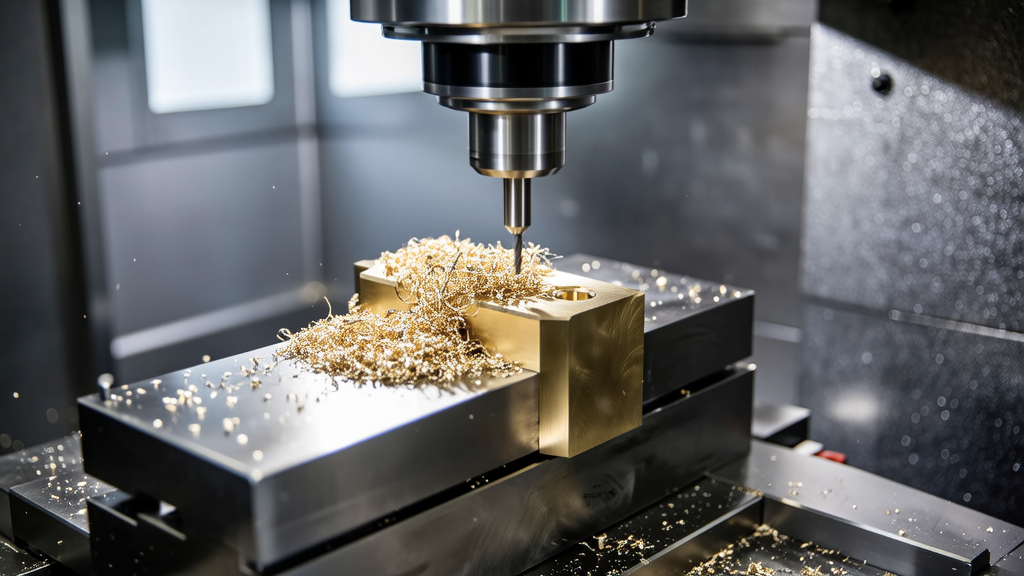The first step I recommend is understanding the specific demands of your project. Different varieties of stainless steel, like 304 or 316, have varied compositions that require tailored tooling solutions. So, what do CNC machinists use?
Cutting Tools for Stainless Steel
Tool Geometry Matters
The geometry of the cutting tool is also critical. Here’s what to consider:
Typical Strategies Used by Experts
CNC experts also implement various strategies to optimize their machining process. Here’s a breakdown:
Taking It to the Next Level
On a practical note, utilizing the right tooling isn’t the only factor in machining success. Regular maintenance and monitoring of your tools during the machining process are essential. I’ve seen some operators overlook tool performance metrics, only to find out too late that they were operating beyond the tool’s capabilities.
Reference Table
For a better understanding, here’s a quick reference table summarizing these critical tool features:

| Tool Type | Material | Coating | Key Benefits | Use Case |
|---|---|---|---|---|
| Carbide End Mill | Carbide | TiAlN | High durability | General machining |
| Drill Bit | Cobalt | TiN | Improved cutting | Deep hole drilling |
By focusing on these tools and strategies, you can effectively navigate the complexities of CNC machining stainless steel, ensuring that your projects not only succeed but also exceed expectations. If you have any specific experiences or tips of your own, I’d love to hear them!
What types of cutting tools are best for tough stainless steel?
Carbide tools are often the preferred choice for machinists working with tough stainless steel. They offer high durability and can withstand the demanding conditions of machining. Many experts use carbide end mills and drills specifically designed for stainless materials.
Additionally, coated tools, such as those with TiAlN or TiN coatings, help enhance tool life and reduce friction. It’s not uncommon for machinists to report a significant reduction in wear when switching to these specialized tools.
How does tool geometry impact machining stainless steel?
Tool geometry is crucial when machining stainless steel. A sharper edge with a positive rake angle improves cutting efficiency, allowing for better chip removal and reduced cutting force. This geometry helps prevent overheating during the process.

Moreover, an open flute design in cutting tools aids in effective chip evacuation, minimizing the risk of tool jamming. I’ve seen operators achieve impressive results by ensuring proper tool geometry tailored for specific stainless steel grades.
What strategies do experts use to enhance machining efficiency?
Many CNC experts recommend using lower cutting speeds while increasing feed rates when machining tough stainless steel. This combination can significantly reduce heat buildup and extend tool life, which is a common concern for machinists.
From my experience, regularly monitoring the performance metrics of your cutting tools during the machining process can also help identify when adjustments are needed to optimize operations.
How do I maintain tools for stainless steel machining?
Regular maintenance of machining tools is vital for success. Keeping tools clean and properly inspected prevents issues like wear and tear from going unnoticed. I often advise clients to check their tools for signs of damage and perform routine upkeep to ensure optimal performance.
A simple practice like using the correct coolant can also make a difference in maintaining tool integrity while machining, particularly with tougher materials like stainless steel.
Can you recommend any specific tools for deep hole drilling in stainless steel?
For deep hole drilling in stainless steel, cobalt drill bits are often ideal. They offer a blend of hardness and toughness that is required for drilling through tougher materials. Experts frequently report great results when using these bits in combination with proper lubrication techniques.
Additionally, using a drill bit with the right coating, such as TiN, can enhance drilling performance and tool longevity. The combination of the right tool and technique truly makes a difference in achieving precision in deep hole drilling.








